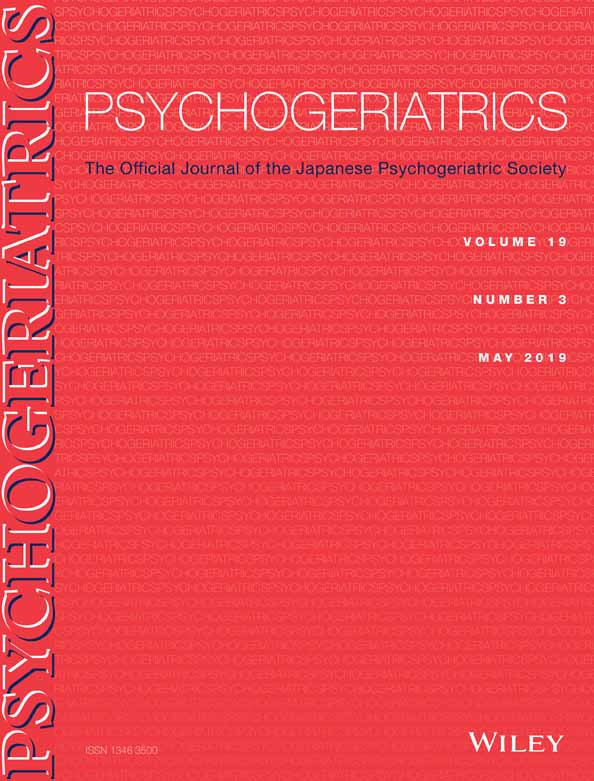Detection of brain amyloid-β deposits due to the repetitive head trauma in a former karate player
Abstract
Head trauma is a well-established epidemiological risk factor for Alzheimer's disease, but a study of early detection of its pathology has not yet been performed in human patients in vivo. To address this issue, we performed 11C-labelled Pittsburgh compound B-positron emission tomography on a right-handed 30-year-old man with cognitive deterioration after repetitive head trauma during karate matches. Structural magnetic resonance imaging was also performed on this patient. The same positron emission tomography analysis was performed on elderly healthy controls (15 men, mean age: 70.7 ± 6.2 years). To analyze grey matter volume, structural magnetic resonance imaging was performed on age-matched healthy controls (15 men, mean age: 28.5 ± 3.6 years). The cognitive deterioration in our patient was fixed and partially improved in the 10 years after the repetitive head trauma. However, Pittsburgh compound B-non-displaceable binding potential was significantly elevated in the patient. Volume reduction was shown in the medial temporal region, cerebellum, and the basal frontal cortex, while amyloid-β increase was shown in the bilateral prefrontal cortex. This is the first study to show an early degenerative process due to head trauma in the prefrontal cortex, where structural damage is not yet visible. Early recognition of the degenerative pathology due to repetitive head trauma by amyloid and possibly tau imaging would help clinicians determine how to treat those with early symptoms.




